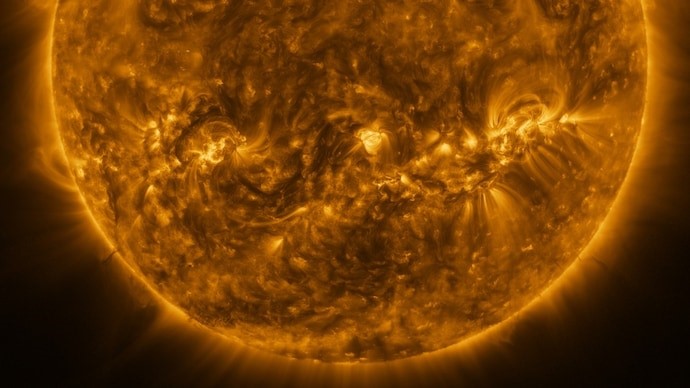Free Courses Sale ends Soon, Get It Now


Free Courses Sale ends Soon, Get It Now



Disclaimer: Copyright infringement not intended.
Context
Details
Mission Details
About Solar Orbiter
Mission Objectives and Significance:
Spacecraft Overview:
Spacecraft Instruments:
Solar Orbiter's payload comprises 10 instruments categorized into heliospheric in-situ instruments and solar remote-sensing instruments. Key instruments include:
Mission Operations and Ground Stations:
Scientific Objectives and Research Goals:
The Solar Orbiter aims to address fundamental questions regarding the Sun's processes:
Mission Progress and Scientific Outputs:
Conclusion
The Solar Orbiter mission represents a significant step in studying the Sun's dynamics, offering unprecedented insights into its workings and influence on the heliosphere. Through its advanced instrumentation and international collaboration, it continues to expand our understanding of our closest star.
|
PRACTICE QUESTION Q. Discuss the significance of studying the solar corona and its relevance in understanding space weather phenomena. How does the solar corona impact technological infrastructure on Earth? Explain with examples and mitigation strategies. (250 Words) |
© 2024 iasgyan. All right reserved